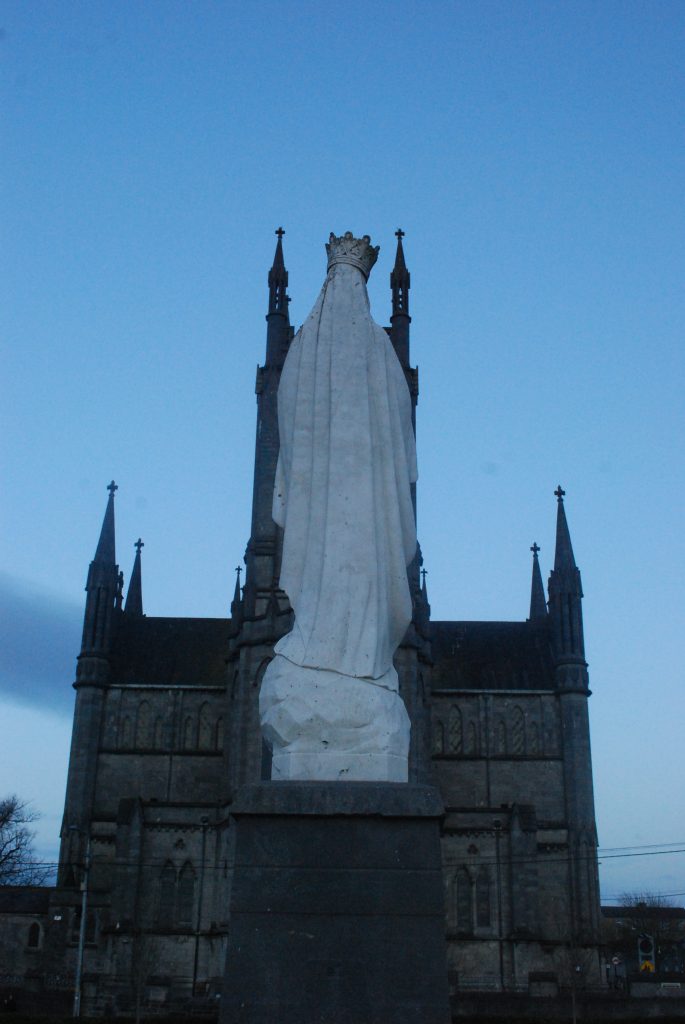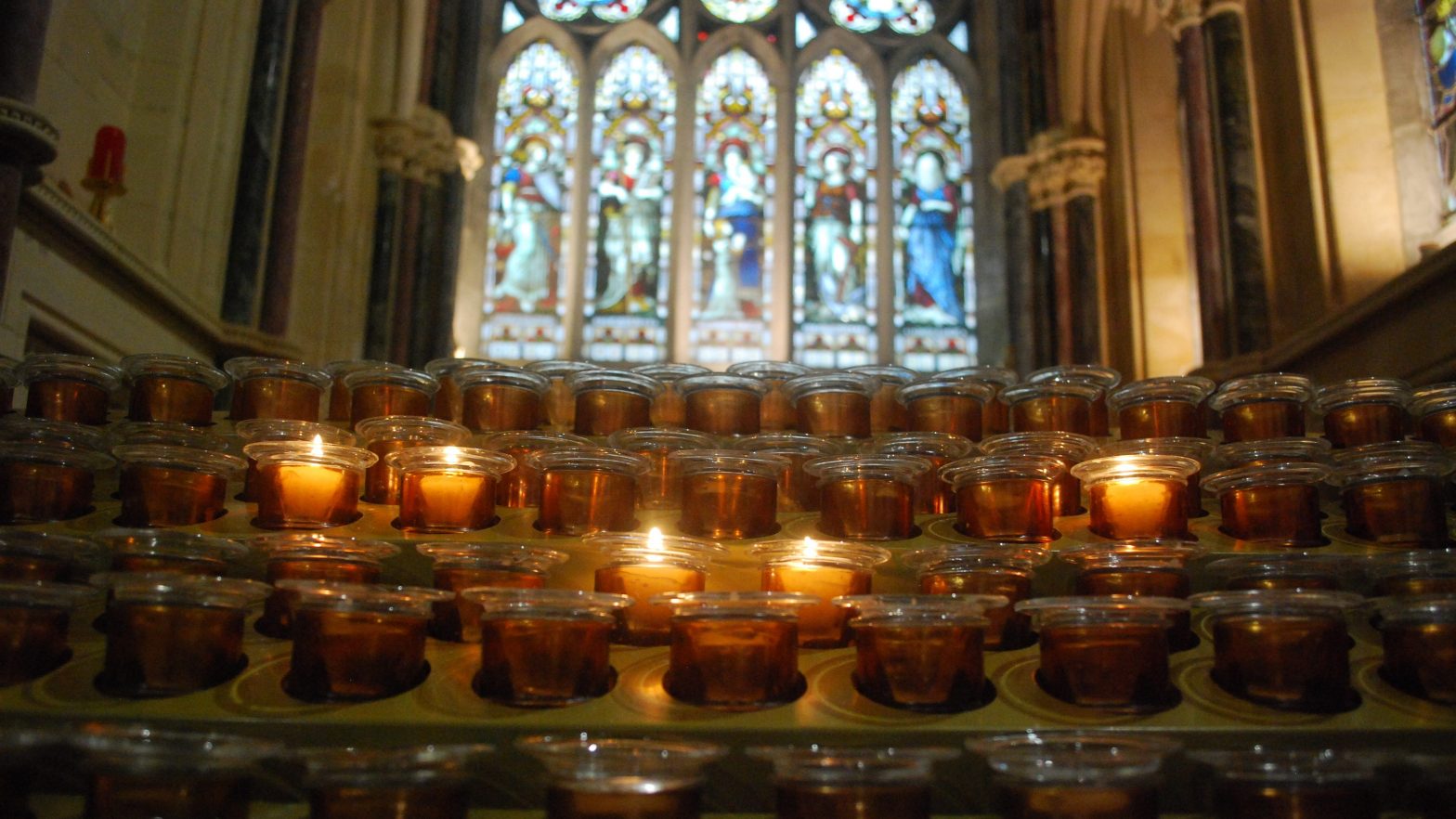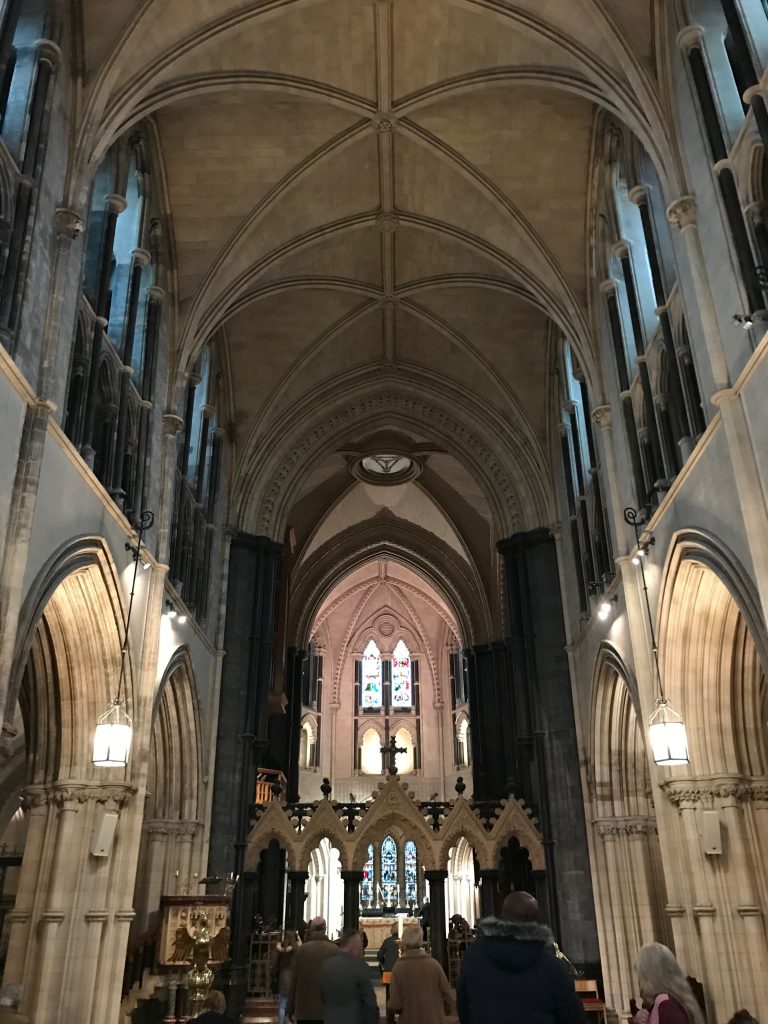
The place demands attention. Controls it, in a sense, the way a preacher must have controlled the attention of his flock in years past, spitting in their faces warnings of hell and brimstone. That was then, but in 2020 the scene plays out a little differently. Both the preachers at Christchurch Cathedral and the Dublin landmark itself have little influence over those who visit today. Really, the priests are just grateful if there is an audience, as it’s a little awkward talking into the resounding void of a nonexistent congregation. But still, whether it’s weekend tourists or long-time parishioners, the transporting effects of the historic, dramatic building can still be felt, even if it is by a gradually shrinking group of people. Christchurch still today calls forth bleak, severe memories that still seep from the stone columns like sap from an oak tree. Sitting inside is like watching the world rewind to a scanter time when Dublin was still referred to as Dubh Linn, the “dark pool.”
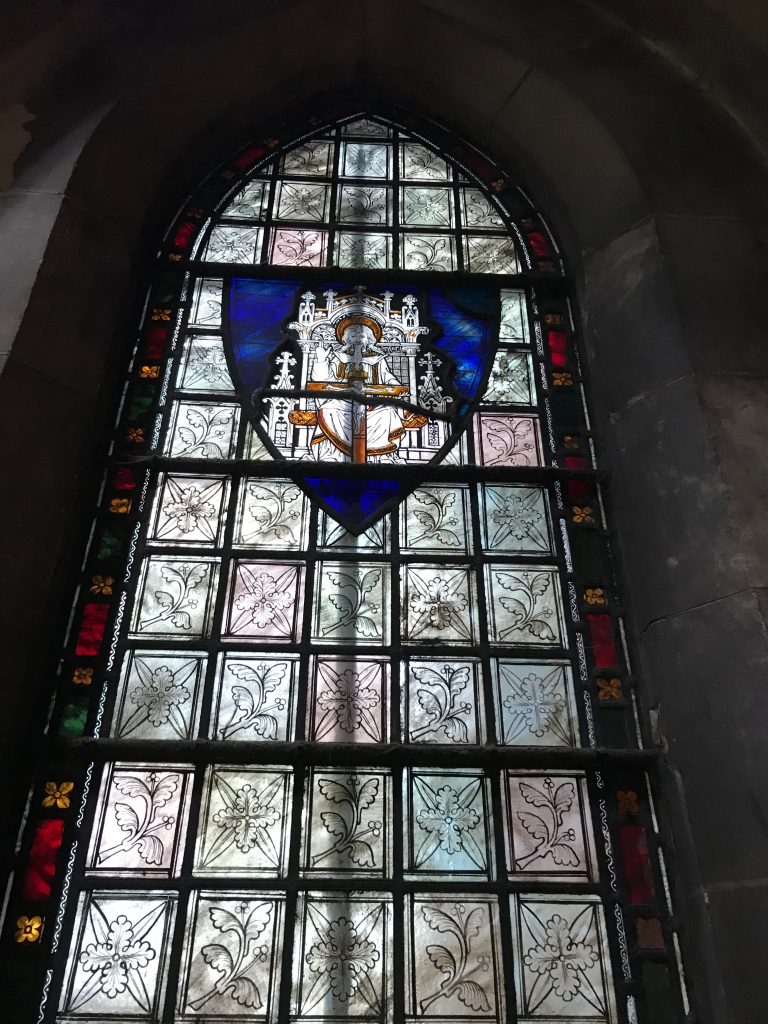
Peter Caffrey sits in the nave until the organ voluntary has concluded, before rising to his feet and passing by the towering arches and windows inked black by the falling night. Evensong, a service of prayer accompanied by the formidable, stirring voices of the cathedral’s professional choir. There are around ten people in attendance, and Caffrey is one of the last out. He loiters outside, squinting up at the stonework lit and darkened by light and shadows. The façade resembles a black-and-white photograph, the architecture frozen in Victorian time. Caffrey, an older gentleman with philosophical eyes and a tweed cap, has lived in Dublin his whole life and has been a regular attender of Christchurch for the last fifteen years. “I find it a good place to worship,” he explains. “There’s a core group of regular people that it’s nice to meet with, and that’s a lot of the reason why people are religious, so you can express what you believe in with an identified group of people who share your views.”
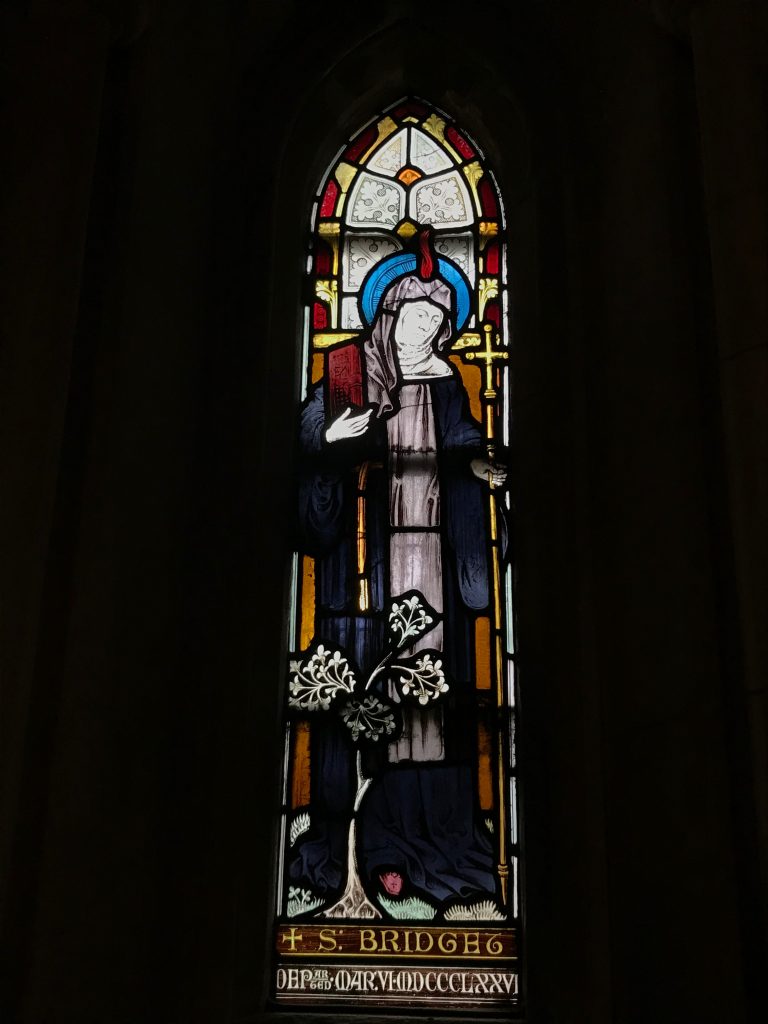
Although Caffrey was raised Roman-Catholic, he enjoys the Anglican services offered at Christchurch. He then remarks that he’s “met a lot of people who feel the Roman Catholic church is a little distant and authoritarian. And not really fitting for how things are nowadays.” By this, he’s alluding to the sexual abuse scandals, still fresh wounds in the minds of many. He cites this as one of the reasons why church attendance is down. “That’s the most distressing part of the story,” Caffrey explains, removing his cap and giving his balding head a quick scratch. “But that’s not the whole story. There’s a change among people, and they’re moving towards a more individual sense of spirituality and away from organized religion. It also has to do with the fact that for a lot of people that spiritual quest happens later in life. You got other things to do when you’re young, besides going to church,” he laughs. “It’s perhaps later in life that certain questions come up to people.”
Whatever the primary reason is, the overall decline of Christianity in Ireland is unmissable. Ireland’s Central Statistics Office has recorded not only a decline in proportion of Catholics, but also a decline in numbers, 132,220 people to be exact, from 2011 to 2016. A decrease like that hasn’t been seen in around fifty years. 94% of the population was Catholic in 1961, but in 2016 it was recorded that only 78.3% remained Catholic, the lowest recorded percentage in Ireland’s history. Whether less people are identifying as religious, or fewer people show up to mass regularly, the absence is felt throughout many churches in the Republic of Ireland. Preachers are finding themselves saying God’s word to fewer and fewer people every Sunday. At Christchurch, Sunday mornings usually fail to fill the seats, and majority of people there are tourists on holiday. The Roman Catholic church may be the epicenter of the fallout, but this decline is a nationwide phenomenon, bringing to an end the religious surge that began in the 1030s, when the Viking Sitric Silkenbeard established Christchurch, and effectively began the Irish Christian movement.
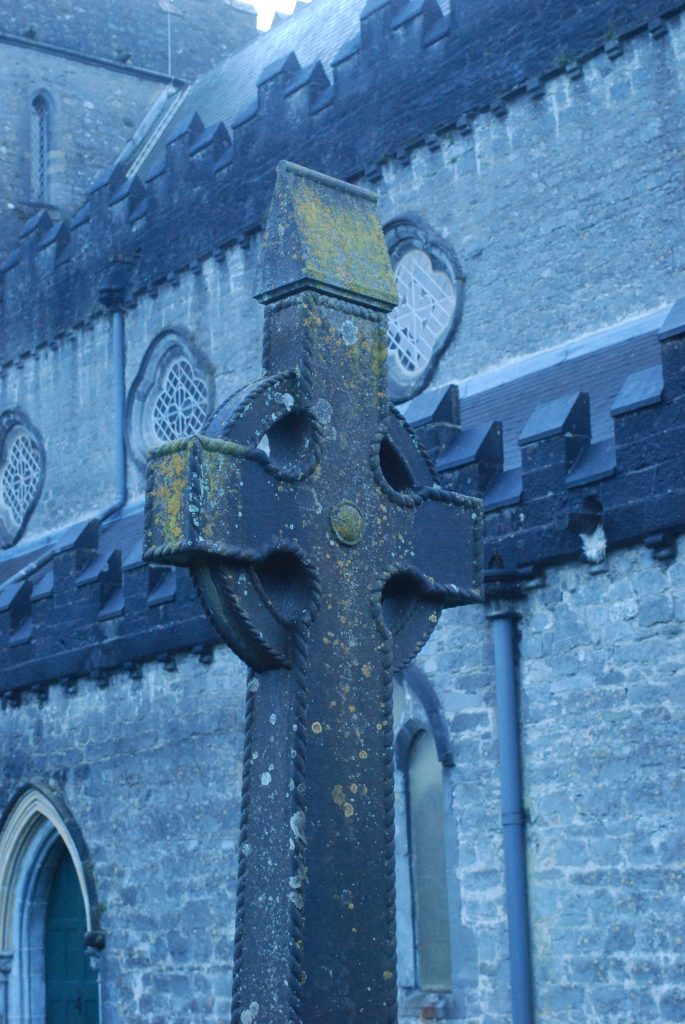
Reverend Abigail Sines, the Dean’s Vicar of Christchurch, has noticed these changes, perhaps more keenly than most. She was raised in a non-denominational church in Virginia but felt a connection to the Church of Ireland when she’d studied abroad in Belfast. She hasn’t looked back since. She has just finished up a morning prayer session, of which there were two attendants. She reveals that many times, there are none. “Society norms have changed,” She says, her years in Ireland revealing themselves through a slight acquired accent. “There are other things for people to do on Sunday, going to church is no longer the default option.” With the secularization of the church in the last few decades, priests and members of the clergy like Sines are left to figure out how to respond. For Sines, she responds in the best way she can; with open arms. “This cathedral is in a unique situation because it, for decades, has had its doors open for tourists and visitors. Within the last ten years, there’s been more development of that. Anyone is welcome. That ministry of hospitality is a high priority for the Dean.” Sines and the Dean have been working to make Christchurch a thriving religious center. This includes getting used to the fact that attendance will differ every Sunday. Sines explains; “the pattern of cathedral worship is that it’s offered consistently. If there’s a hundred people in the congregation or six people, the service takes place as it would according to the normal historic patterns of worship here. A lot of the worship that’s offered is about being present, and consistent, and knowing that people will come and go with that pattern. It can be very transitory, the type of ministry we have here.” Christchurch offers an array of services on most days of the week, to adhere to the needs of the people. These sessions are constantly going on in the church, and tourists, whether they are religious or not, are openly welcomed to join in.
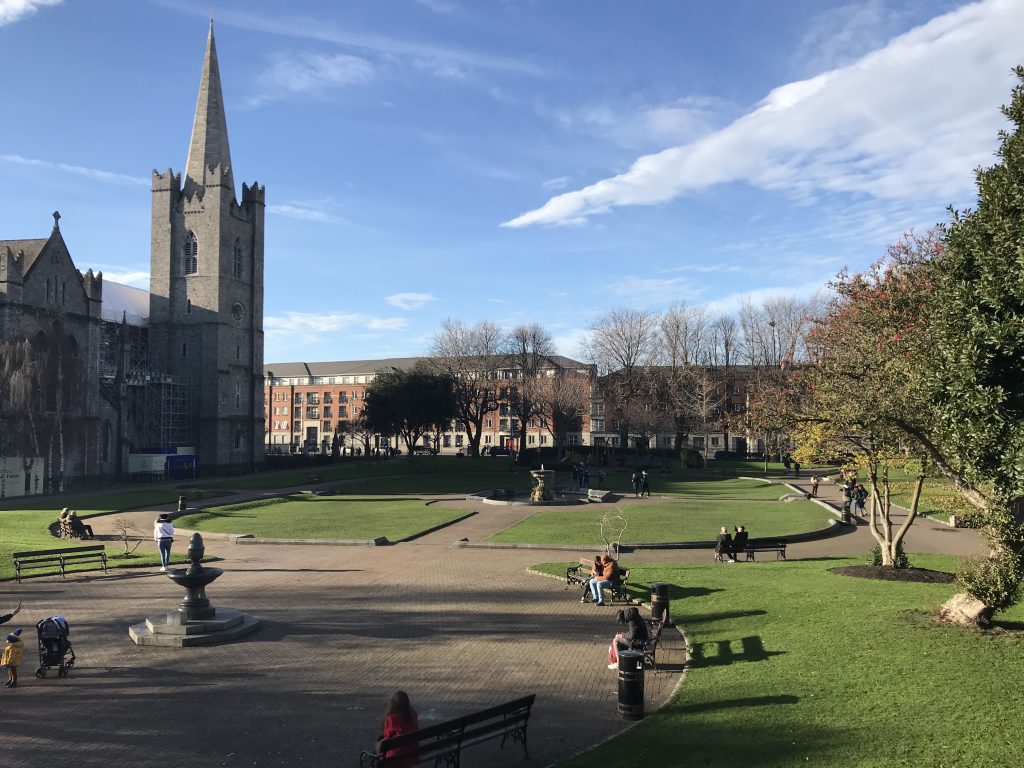
Sines remains hopeful, in spite of the possibly depressing facts. “I haven’t by any stretch given up on the churches or institutional religion,” She declares. “I think churches and institutions need to be open to the challenge, and to adjust and be willing to let go of a place of privilege in society. I think that’s what churches are confronted with, that no one has to show you a degree of respect because you happen to be a priest. They need to be open to moving to a place of humility and real genuine faith, where they can repent of wrong things that have been done in the past.”
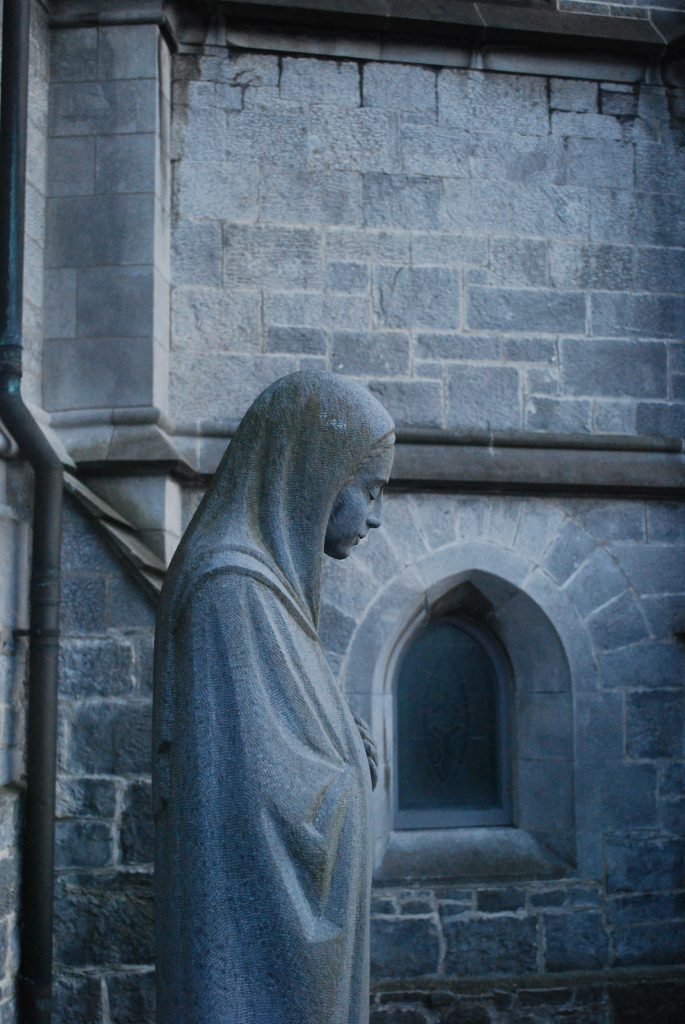
Not only is Sines hopeful, she also adamantly believes that this change in the church may end up having beneficial effects. “Change is a fact,” she says, smiling at the simplicity yet profoundness of the short statement. “When the normal thing is ‘well, we all go to church because that’s what we do,’ where that’s the cultural norm, it doesn’t present to people that need to decide about their faith practice. In one sense, as the culture changes, it confronts people with the choice of, ‘is this really what I want to practice? Is this a faith that I really have given myself to? What if it costs me something else?’ I think that’s quite healthy, people have to genuinely decide where their faith is, they have to go on a journey of questioning, rather than bobbing along in a general social stream that’s vaguely religious, but not really.”
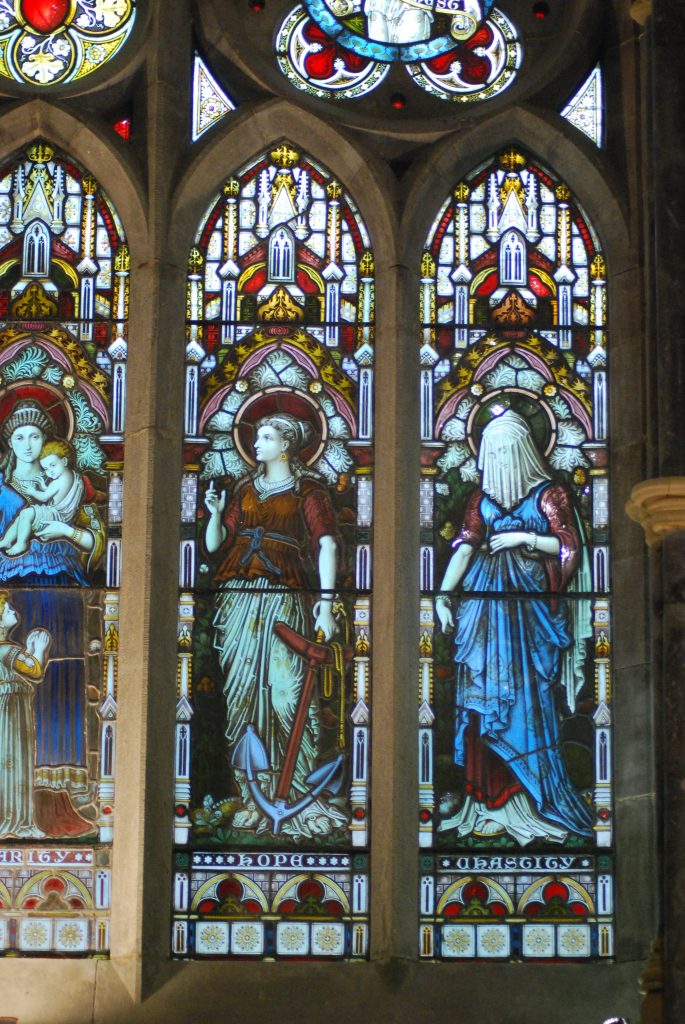
Caffrey echoes a similar belief. “I think it is what it is,” he shrugs. “In an ideal sense, any religious practice should reflect an inner belief, so people have to primarily be spiritual. But, I think perhaps spirituality previously tended to be vested in more organized religion than it is now. What was interpreted as a sign of solidarity for people is increasingly a sing of constraint. I don’t think it’s necessarily a bad thing, I think there’s a gain and a loss of it.” Caffrey shares Sines’ welcoming attitude when it comes to tourists and sightseers. Of tourism, he believes that “It’s not an obstacle, it’s part of the fabric of the place. It’s part of the richness and diversity of it, people are pilgrims on their own particular journey, and maybe for a little bit of time we share that journey, and then people go their own way, that’s okay.” His sensible gaze wanders over the shadowed Christchurch, taking in every stone and every window dramatically accented by the fallen night. The cathedral has undergone many renovations over the almost thousand years it has been a place of worship; the way it looks today, with is Victorian design, is very different than how it looked a few hundred years ago. Christianity, likewise, will undergo changes. “I don’t think people will stop being religious,” Caffrey concludes. “But they may stop practicing in larger congregations. But at this stage, it’s hard to know where it will go. It will evolve into something else, the way Christianity evolved from something else, the way Islam evolved. These faiths and truths will evolve into something else.” He walks out to the dark, busy streets of Dublin, content that, at least until the next time he arrives for service, Christchurch will remain as it is.
Light blue light is coloring the beautiful stained-glass windows of the great church; Sines gazes up to them as she finishes morning prayer and walks to the back rooms to take off her Vicar robes. “I believe that God is abundantly able to manifest his presence and love to everyone wherever they’re at,” she says, in a solemn power that quietly reverberates through the transepts and cloisters, through the lady chapel and up the central tower. It’s almost as if the church itself is whispering hear, hear. “There is no doubt in her eyes, no anxiety about what the future may hold. And as the day dawns, and she prepares for noon prayer, Sines remains comforted in the power of her God, and what He can accomplish; “I’m realistic about what’s going on, but I’m not pessimistic. I know what I’ve seen, and I’m aware of the life of Christianity that’s present.”
